The outermost layer of the earth is called the crust and it is broken into large pieces called tectonic plates. These huge pieces of Earth’s surface slowly move at about the speed that your fingernails grow. Their movement form mountains, causes earthquakes and they even rearrange the position of continents.
To better understand tectonic plates…
LET’S BREAK IT DOWN!
Movement of tectonic plates is powered by convection.
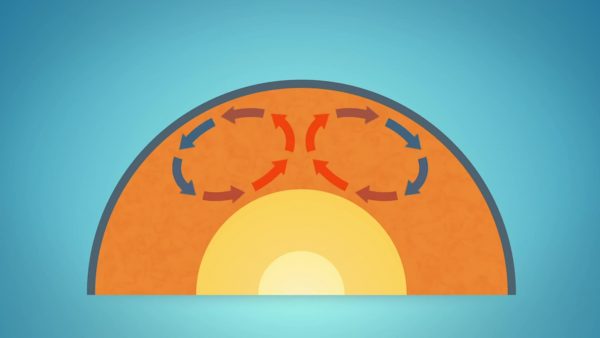
Rock in the earth is still extremely hot and it can slowly circulate inside the earth through convection, the process of warm fluids rising and cooler fluids sinking. This slow movement of hot rock inside the earth is what powers the movement of tectonic plates at the surface. Scientists believe tectonic plates move from 2-15 cm a year.
There are 3 main types of plate boundaries.
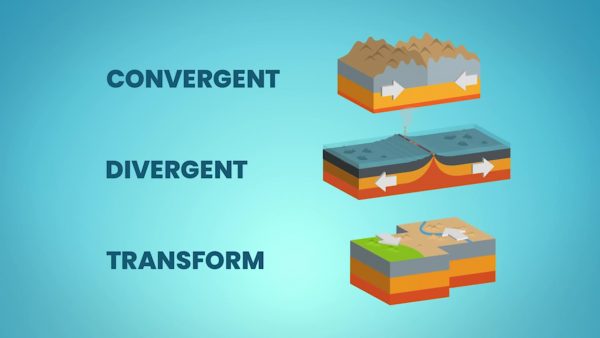
Areas where the plates meet are called boundaries. The first type of plate boundary is called a convergent boundary. This is when two plates are moving toward each other. The second type is called a divergent boundary. This is when plates are moving away from each other. The third plate boundary type is a transform boundary. This is when tectonic plates are sliding past each other.
Continental drift is supported by scientific evidence.
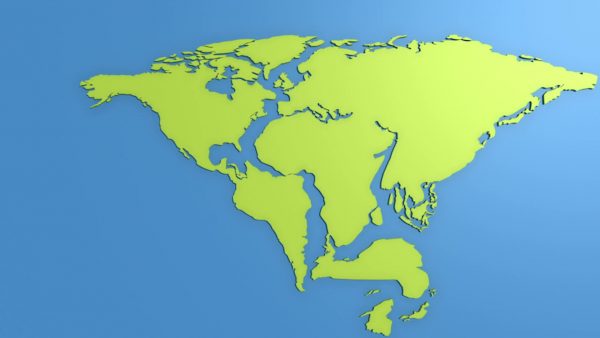
When Alfred Wegner first proposed the idea that a continent could move across an ocean, people thought he was crazy. He needed evidence such as fossils found on different continents, the matching shapes of the continents, rock evidence from different continents that match and the mechanism of tectonic plate movement. This theory is widely accepted due to the many kinds of evidence that support it.
The Ring of Fire is caused by tectonic plates.
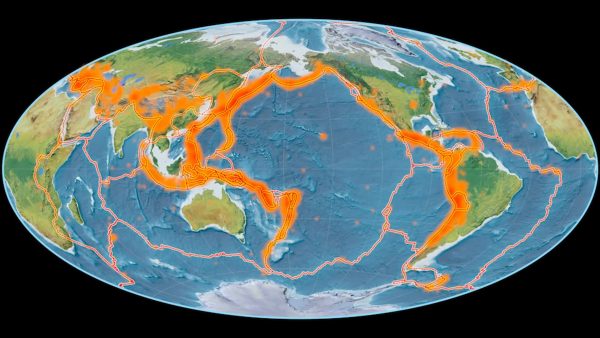
The Ring of Fire is a term given to a circular region on a world map that has a lot of volcanic eruptions and earthquakes. When compared to a map of tectonic plates, this Ring of Fire lines up almost perfectly. This supports the idea that plate movement causes earthquakes and volcanos. Scientists who study these events use data from plate movements to help make predictions about future earthquakes or eruptions.
Scientists called seismologists study plate tectonics.
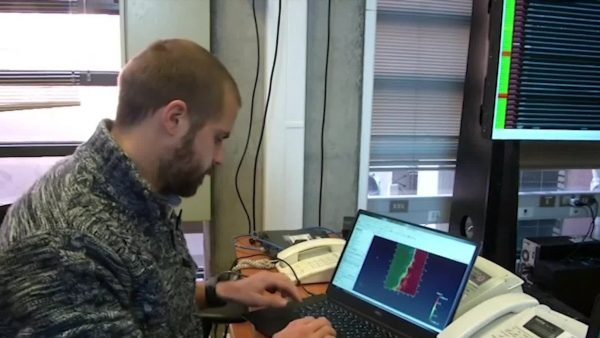
There are more than 20,000 earthquakes that happen on Earth every year. Seismologists collect and analyze data such as the size, location and depth of earthquakes. They use this data to predict where more earthquakes could strike. One special tool they use is called a seismograph. Volcanologists and geologists also study plate tectonics.
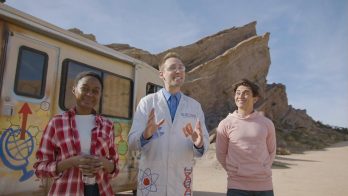
































































































































 Select a Google Form
Select a Google Form









